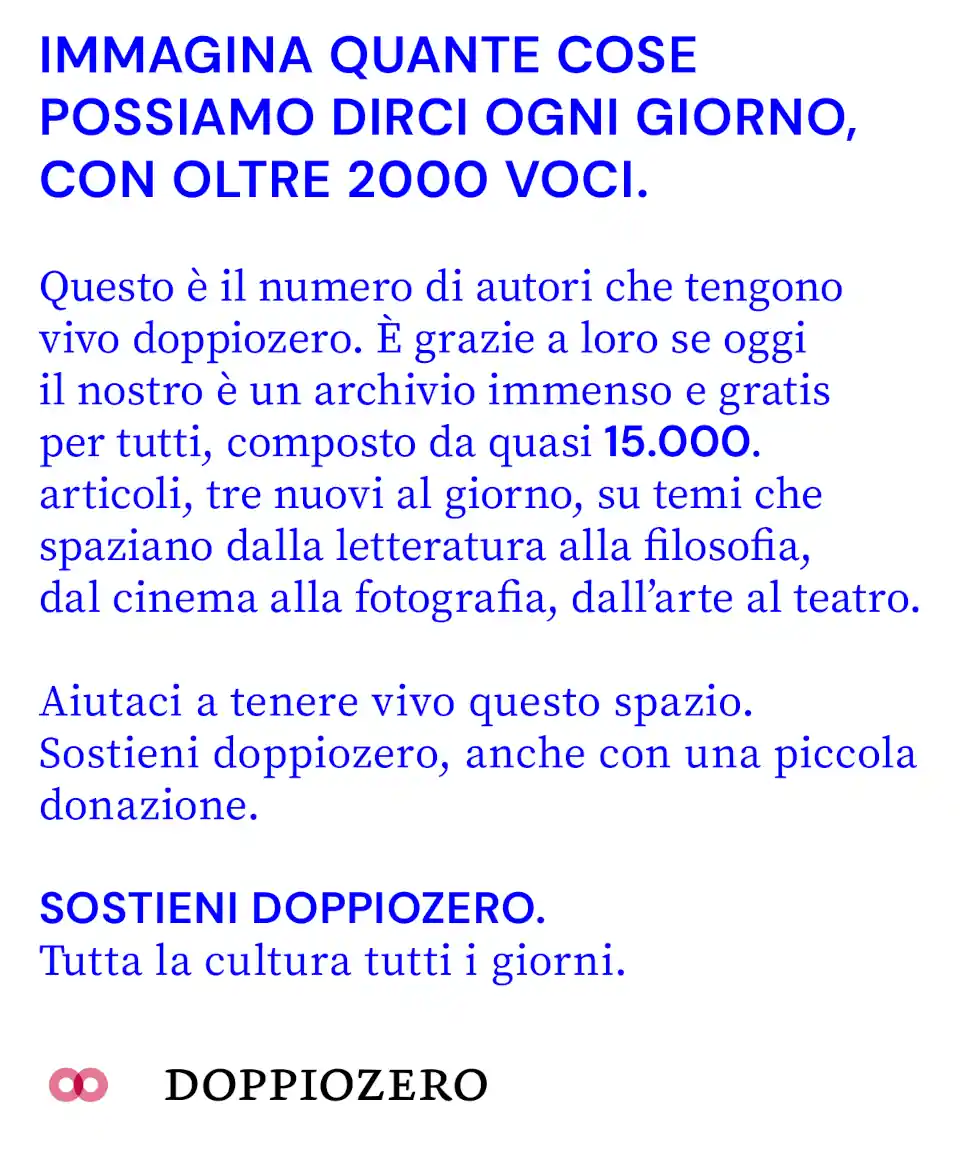Speciale
Tracing Emerging Contemporary Art Practice in Zimbabwe
We are continuing our collaboration with Another Africa with the fourth article from their Tracing Emerging Artistic Practice series dedicated to the artistic scene of Zimbabwe. Enjoy.
lettera27
Owing to almost a decade long financial crisis that characterised much of the 2000s, Zimbabwe’s local art scene has faced many significant infrastructural and monetary challenges. The turbulent economy-which only subsided in 2009- liquidated many of the local galleries and forced artists to move abroad in search of new, stable opportunities. However, this decade of economic uncertainty has recently become the catalyst for rebuilding the Zimbabwean artistic landscape. Through the necessary restructuring, there has been increased emphasis on Zimbabwe as an artistic locale. As a result, the country has been able to welcome new initiatives like Village Uhnu, Voices in Colour and Njelele Station.
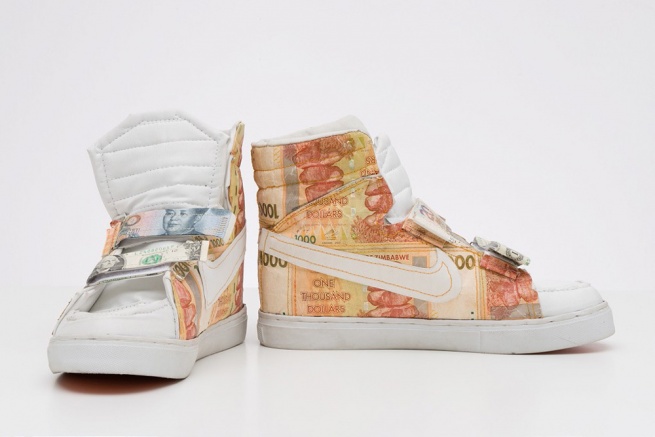
Gerald Machona, If you travel east far enough you end up in the west and if you go far enough west you end up in the east, 2012. Courtesy of the artist and Goodman Gallery, Cape Town, Johannesburg
Independent local initiatives such as those, are particularly significant given the lack of tertiary programs in Fine Art. Without greater commitment to art education and formal structures, artists turn to these vital projects as Bulawayo based curator Mtabisi Phili explains. “Currently, we can only resort to workshops to educate and inspire practicing artists.”
Phili’s sentiments were reinforced by First Floor Gallery, an artist run project in Harare, who shared similar insights in our interview, giving us a sense of the current state of emerging discourse and challenges presented by Zimbabwe’s evolving economic climate.
Further abroad-on the international front-Zimbabwe’s inaugural participation at the 54th Venice Biennale in 2011, and its consecutive national pavilion in 2013 has not gone without impact. These events have helped Zimbabwe ease out of ten years of isolation from the contemporary art world and has helped provide global validation to the work being done in and around the art scene in Zimbabwe.
Consequently, this heightened global awareness has placed a spotlight on a group of young creatives that include amongst others, Phili and artists Kudzanai Chiurai, Mischeck Masamvu, Virginia Chihota and Portia Zavahara- the later who recently won the FNB Art Prize 2014 in Johannesburg.
Although many of these artists were either trained or continue to work in South Africa, they have come to characterise a new generation of emerging practitioners through their willingness to “write their own histories,” believes National Gallery of Zimbabwe curator Raphael Chikukwa. Emphasising their importance, Chikukwa points out that they are, “aware of what is happening globally and are inspired by it,” but more importantly they are moved by what he terms, “the local context,” the sights, sounds and atmosphere of Zimbabwe itself.
So to help trace emerging artistic practices in Zimbabwe, we highlight three more artists who are receiving considerable attention for the criticality and impact of their respective practices. Through their vocabulary, some of the new directions and contours of a Zimbabwean artistic context begin to appear.
Contributions to an ever-developing discourse:
Emphasising the role of young artists on emerging Zimbabwean practice
These three artists represents an essential facet to the emerging art scene in Zimbabwe. Whether operating locally or further abroad in South Africa, Gerald Machona, Gresham Tapiwa Nyaude and Michele Mathison are receiving the attention their work merits, as a result of their continual investigation of pertinent contemporary, cultural themes such as democracy, intolerance, social trauma and the decaying urban environment, all which exist as a consequence of the progressive development of Southern Africa and Zimbabwe in particular. Despite their youth, their works are critically engaged both socially and politically, representing a maturity that extends beyond their age and ultimately, positions them as vital cogs in the ever-expanding discussion around emerging Zimbabwean practice.
Gerald Machona
Art as resistance to intolerance and social trauma

Gerald Machona, Ita Kuti Kunaye II (Make It Rain II) 2010. Courtesy of the artist and Goodman Gallery, Cape Town, Johannesburg
Machona, who is represented by Goodman Gallery in South Africa, is known for his use of currency- especially decommissioned Zimbabwean Dollars- as an aesthetic material, emphasising the recent migration of Zimbabweans following the country’s economic and political collapse. Utilising a multidisciplinary approach to artistic practice, which includes performance, sculpture and film, his work addresses issues not limited to but including migration, social interaction and South Africa’s recent Xenophobic violence.
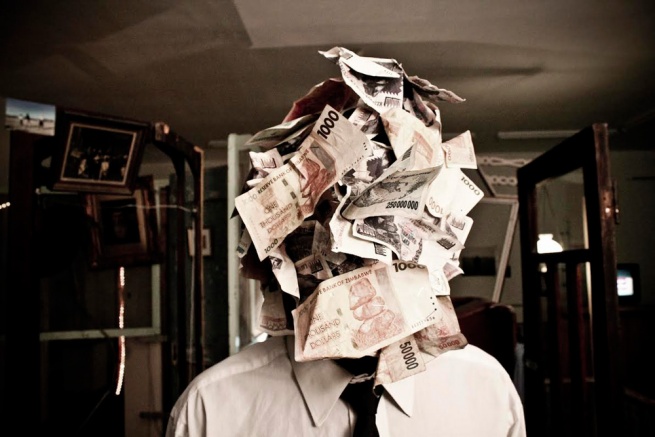
Gerald Machona. Ndiri barman II 2010. Courtesy of the artist
Exploring notions of “foreignness” and estrangement, Machona reflects on one of the major contemporary social issues facing Zimbabweans in the 21st century. With an MFA from Rhodes University in Grahamstown South Africa, Machona has been included in the Mail and Guardian’s Top 200 list of Young South Africans, owing to the fact that he resides and works in the country. 2011 saw him nominated by the Johannesburg Art Fair and the Business Day publication, as one of the ten best artists working in South Africa.

Gerald Machona. Fick Fufa, 2010. Courtesy of the artist and Goodman Gallery, Cape Town, Johannesburg
He has exhibited at shows include The Beautyful Ones, Nolan Judin, Berlin; Making Way, Standard Bank Gallery, Johannesburg; US II, South African National Gallery, Cape Town and The Night Show, Goodman Gallery, Cape Town.
Gresham Tapiwa Nyaude
Reflections on Mbare’s decaying urban environment
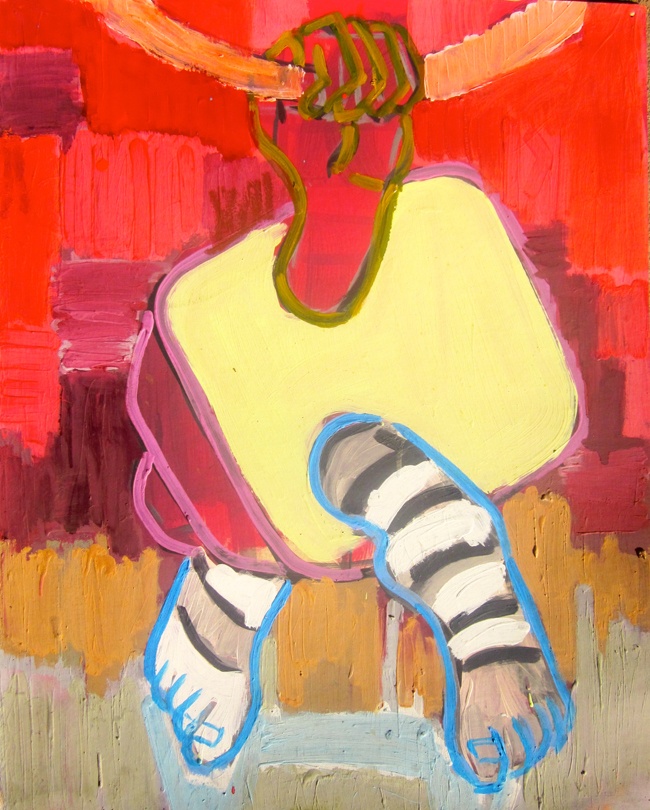
Gresham Tapiwa Nyaude, Victims of Propaganda, 2014. Courtesy of the artist and First Floor Gallery, Harare
Having grown up in Mbare, Harare, a place that is considered one of Zimbabwe’s most notorious ghettos, Nyaude’s work emphasises his youthful exuberance and the influence of the urban environment on artistic practice. Using painting as his dominant medium, figuration, abstraction and hallucination come to characterise his connection to Mbare, and its ceaseless bustle of society amidst urban decay.
His participation in 2013 at the 1:54 African Art fair in London with his gallery First Floor, has come to symbolise the pivotal working relationship, both educationally and commercially, between the artist and gallery. His artistic development within this environment serves as a pertinent example of the importance of Zimbabwe’s artist-run initiatives in helping remedy the educational and infrastructural challenges facing local artists.
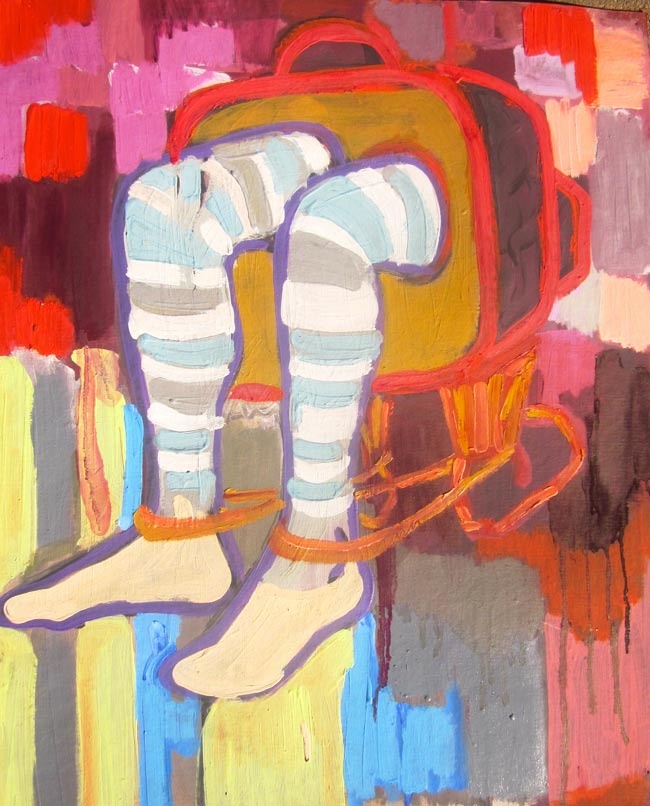
Gresham Tapiwa Nyaude, Victims of Propaganda, 2014. Courtesy of the artist and First Floor Gallery, Harare
That being said, his CV now includes notable exhibitions, Dumela Word, Georgia USA; Young Artist exhibition, National Gallery of Zimbabwe, Harare and Young and Awakening, Gorgan Museum, Iran. He is represented by First Floor Gallery in Harare, Nyaude and has also participated in the Johannesburg Art Fair, South Africa; the Liste Art Fair, Berlin and 1:54 Contemporary African Art Fair, United Kingdom.
Michele Mathison
African Democracy, a new social condition
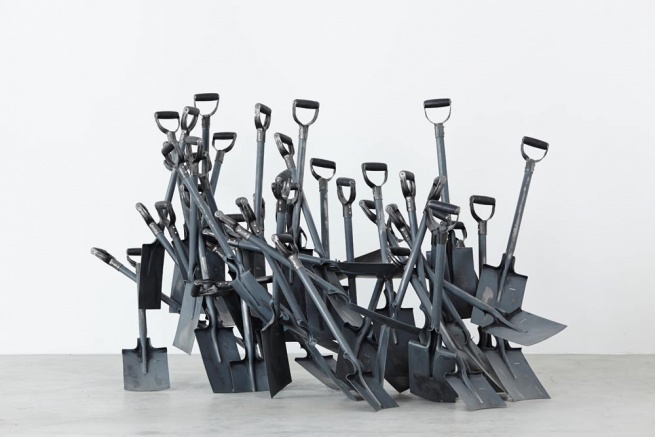
Michele Mathison. Dig Down, steel and enamel 2014. Courtesy of the artist
As a sculptor, Mathison has been working in both Zimbabwe and South Africa for the last ten years. His sculptures which investigate the value of ordinary objects as symbols and imagery of Southern Africa’s recent tumultuous times, encourage the viewer to question how an individual piece relates to the whole. His work is inextricably linked to the way in which Southern Africa presents, “a new social condition. One in which political and social borders define different political incarnations of African democracy.”[1]
Apart from representing Zimbabwe at the 2013 Venice Biennale, Mathison also assisted Black Coffee on their Mercedes Benz Art Award winning installation in 2009, and received a commission from Carvela, Johannesburg in 2012. Additionally, he formed part of the Southern Guild at Everard Read Gallery, Johannesburg and has been profiled by Wanted magazine for his participation in Ext/Exile exhibition at Nirox Project Space.

Michele Mathison. Revolution, charred wood 2014.Courtesy of the artist
Currently represented by Whatiftheworld Gallery in Cape Town, other notable exhibitions include HIFA, National Gallery of Zimbabwe, Harare; Black Coffee, Johannesburg Art Gallery, Johannesburg and Visions of Zimbabwe, Manchester Art Gallery, Manchester UK.
[1] “Michele Mathison.” WHATIFTHEWORLD. Web. 18 Sept. 2014.
This article was published in Another Africa
With the support of 

